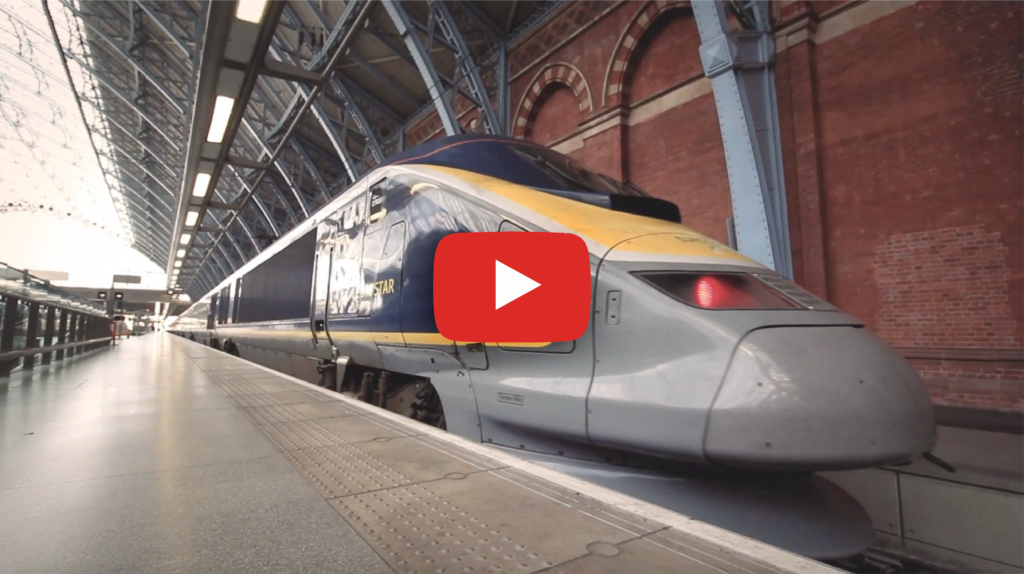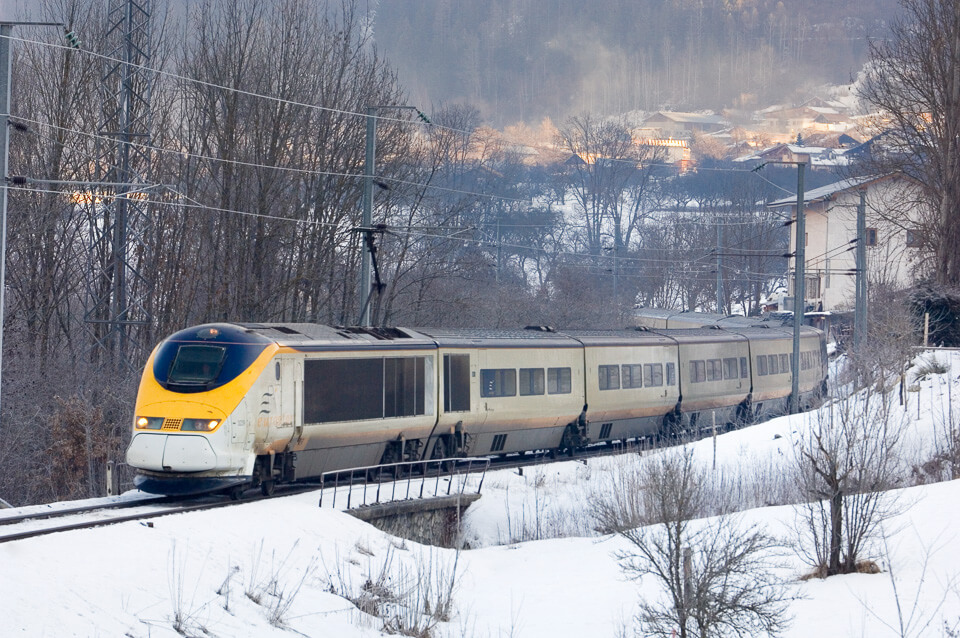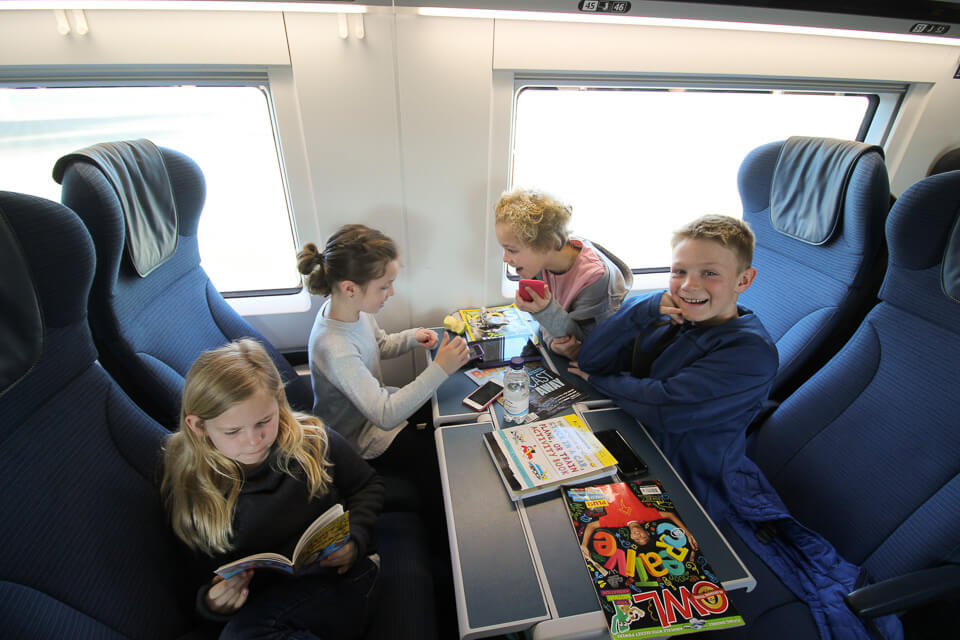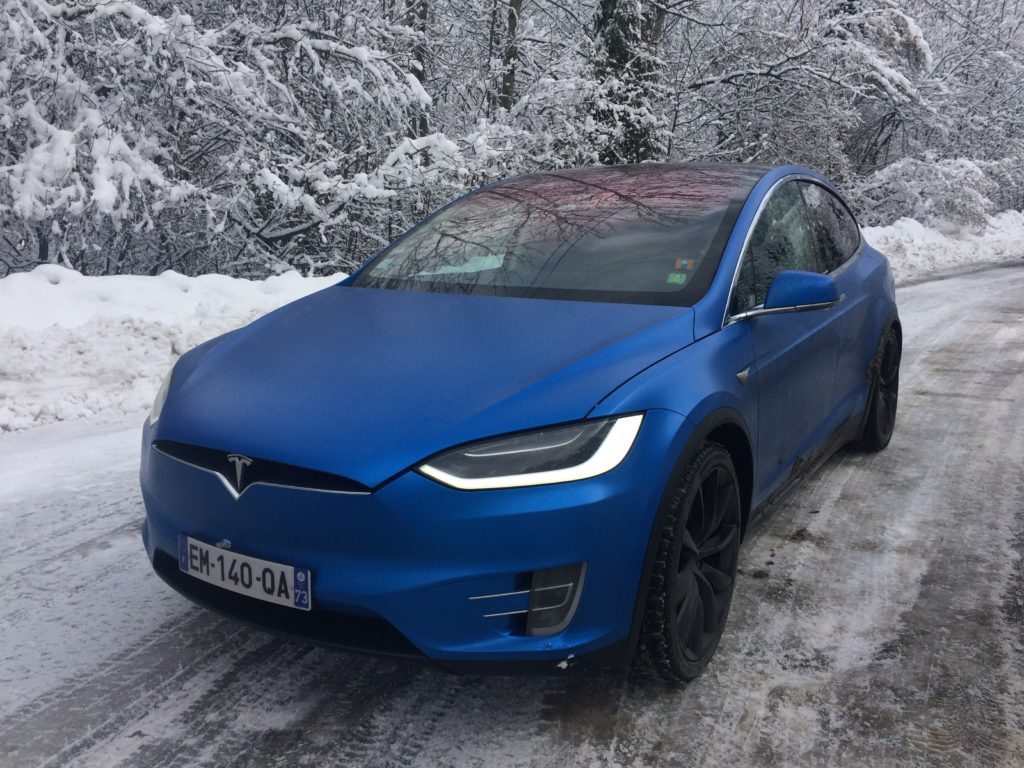Train Travel To The Alps
Like many people, we were devastated to hear back in July, the news that Eurostar were shelving the Ski Train for this coming winter. This service was responsible for bringing thousands of British holidaymakers into the Alps each year and the ski industry will be considerably worse off without it. Air travel generates roughly 10 times more CO2 emissions than the train and even a similar journeys in a diesel fuelled car will create twice as much CO2 (based on a group of four in one car). Train travel to the Alps is an essential factor in creating a sustainable future for ski holidays.
The Save The Ski Train campaign set up by Snow Carbon, Ski Flight Free and Protect Our Winters UK over the summer, quickly racked up well over 10,000 signatures. An open letter by them to Eurostar and signed by some 160 ski industry companies including ourselves certainly helped to raise awareness of public opinion but was ultimately unsuccessful in bringing about any immediate change. Frankly Eurostar’s reasoning is completely understandable (reduced passenger numbers combined with COVID-19 guidelines) but one ray of hope is they made it very clear that the decision applied only to the 2020/21 season.

But the Ski Train is far from the only option available to carbon conscious skiers, in fact other routes offer train travel to the Alps with considerably more flexibility and often cheaper prices!
We’ve spent some time researching other train options that will get you into the Tarentaise Valley, home of some of the biggest ski resorts in the world including Tignes, Val d’Isere, Les Arcs and La Plagne. We’ve concentrated on travel from the UK since that accounts for 80% of our client base but connections exist from all corners of Europe and we can help with the final part of your journey whether you are looking for train transfers from Geneva, Grenoble, Lyon or Chambery.
An integral part of any train travel to the Alps from the UK is always going to be London to Paris on the Eurostar. Their current winter schedule includes departures from London St. Pancras twice daily at 10:24 and 12:24. The journey into Paris takes just 2 hours and 23 minutes.
From Paris you can take a direct train to Lyon (we offer Lyon Part-Dieu train transfers) or better still, direct to Chambery. This journey by TGV (Train a Grande Vitesse – translates as Well Fast Train!) takes just 2 hours and 52 minutes for a journey of over 280 miles (450 km)!
From Chambery you can change for a slower train to Moutiers (for Meribel, Courchevel, Les Menuires and Val Thorens), Aime (for La Plagne) or Bourg St. Maurice (for Les Arcs, Tignes, Val d’Isere, La Rosiere and Ste. Foy). The train from Chambery to Bourg costs 20 euros per person and takes two hours. It’s likely you may have to wait 60-90 minutes for the connection in Chambery. Then from Bourg/Aime/Moutiers you would need a transfer up to resort (yes we also offer Moutiers, Aime and Bourg St. Maurice Train Station Transfers!). Expect to pay 60-90 euros depending which resort you are going to. Therefore for a group of four people, the final leg from Chambery by these means would cost around 150 euros and take 3.5 to 4 hours.

The alternative is to simply take one of our Chambery Train Station transfers. Transfers from here to resort take 1.5 to 2 hours and cost between 230 and 315 euros depending on which resort you are travelling to, your group size and on the date. We think this is easily the better option. For 20-30 euros extra per person you are saving at least an hour waiting in Chambery train station and an hour of travelling time. On a cost/hour/person basis we think it’s a no brainer!
Now to handle the elephant in the room, changing train stations in Paris – Gare du Nord to Gare de Lyon
This is the part which probably puts some people off, but we’re here to tell you that it shouldn’t! The Ski Podcast did a great episode on Train Travel To The Alps in September. We’d recommend giving it listen. The first forty minutes is most relevant to train travel in our area and specifically at 21 minutes in they discuss how easy the change in Paris can be. To summarise, allow 90 minutes between trains to be safe. It’s just 2 stops on the RER underground train or a 20 minute taxi journey (cost 20 euros/group of 4).
If you think that an hour of fuss changing trains in Paris is a dealbreaker perhaps now is a good time to think about the less fun parts of air travel! Two hours plus check-in time, checking bags in, queuing for 30 minutes through security, trudging 15 minutes through an airport to your departure gate, queueing to board the plane, the anxious wait for your bags to turn up on the conveyor at the other end. Most of the above is also currently exacerbated by Coronavirus guidelines. And while we’re on that subject don’t forget that on a train you are going to have considerably more distance between yourself and fellow passengers so any risk of COVID-19 infection is greatly reduced. At the time of writing, the SNCF only sell half the seats on their trains to allow for social distancing. No such rules currently apply on aeroplanes.
In terms of total journey time from the south east of the UK to resort there really isn’t a huge difference between travel by train and air. From checking in for the train at St. Pancras we reckon it’s completely feasible to find yourself rolling into Val d’Isere less than ten hours later. You’d be hard pushed to get to Val d’Isere less than 7 and a half hours after arriving to check in at one of the London airports. At best a saving of a little over two hours.
When you look at the quality of the time you spend on the train this saving melts away. Over five hours of the ten are spent sat in a nice comfy train seat, possibly around a table, with friends or family either side of you, watching the French countryside roll by, having a meal, perhaps a couple of drinks, maybe watching a film or two on your lap top or playing cards. Let’s face it, air travel is a means to an end. No one enjoys being sat on a plane (unless you’ve got the budget for business class!). The train journey can truly be an enjoyable part of your holiday.

Now of course, the most important overriding factor, with train travel to the Alps you reduce your carbon emissions over air travel by 90%. NINETY PERCENT! No need to take our word for it on this. Take a look at the excellent ecopassenger.org website. You can enter any two reasonably well known destinations and it will give you the environmental impact of that journey whether taken by train, car or plane.
Train reservations for the first few weeks of winter went live just two weeks ago. For the best choice of times and fares it really does pay to get in there early so pop over to oui.sncf now and have a look at what’s on offer. To show our support for this method of travel we’ve also just dropped our prices for Chambery Train Transfers, Lyon Train Transfers and Bourg St. Maurice Train Transfers. It’s now cheaper to get a train transfer with us from Lyon or Chambery than it is to get an airport transfer!
Finally just a few words on our own efforts to reduce our carbon emissions
We currently have three Tesla Model X SUV’s in our fleet. At the moment these are the most suitable vehicle on the market for our needs. We can transport groups of up to four with ample room for luggage or three and still carry skis. Tesla are the only manufacturer on the market right now that offer enough range to comfortably manage journeys from Geneva, Chambery and Lyon, in sub zero temperatures without needing to charge en-route. For larger groups we still use 9 seat VW Caravelles.
We have been offering emission free transfers* since 2016 and have so far clocked up 385,000km with our Tesla fleet. Last winter they represented nearly 20% of our total kms. If you are travelling in a group of four or less, why not book a Tesla transfer and go a step further in reducing the impact of your ski holiday. Even if you are in a larger group you can still book a Caravelle transfer with us knowing that, by doing so, you are contributing to our own ongoing efforts to transform our fleet to full electric by 2025!

* all of the charging for our cars comes for renewable sources including our own bank of 41 solar panels.
